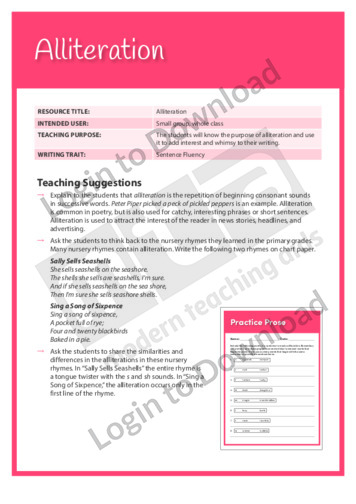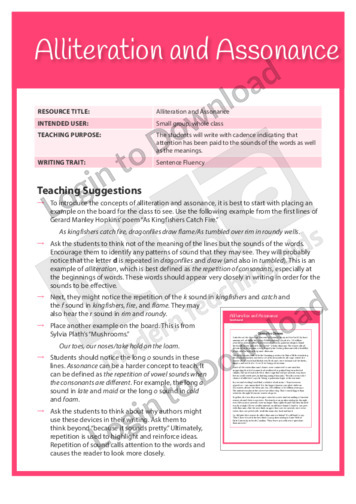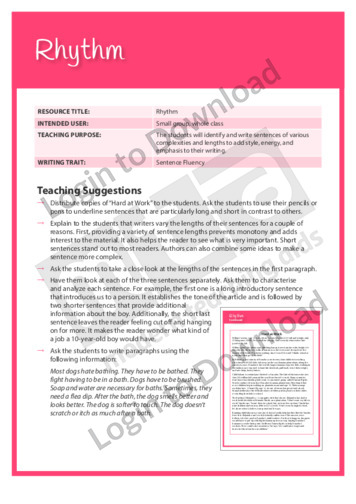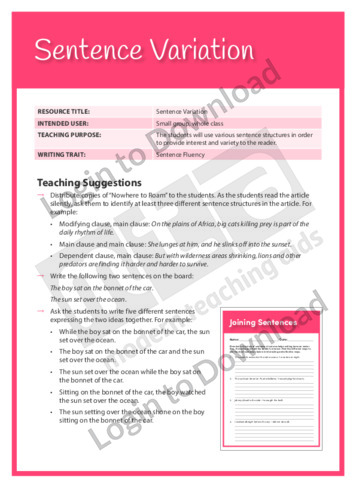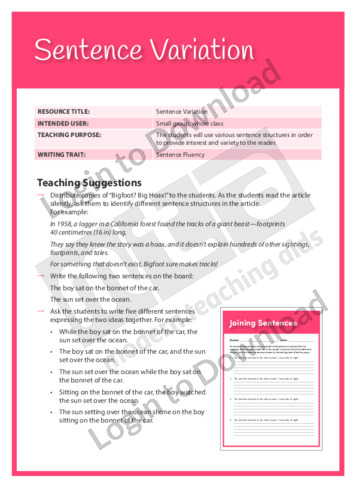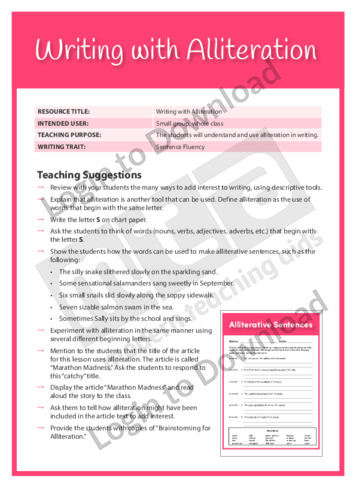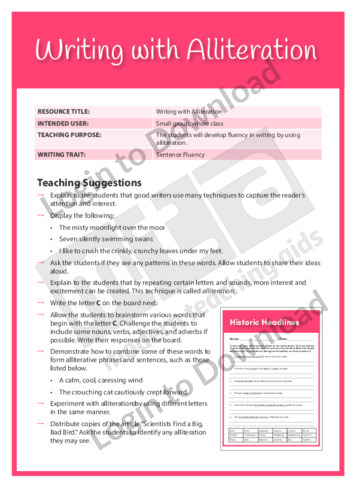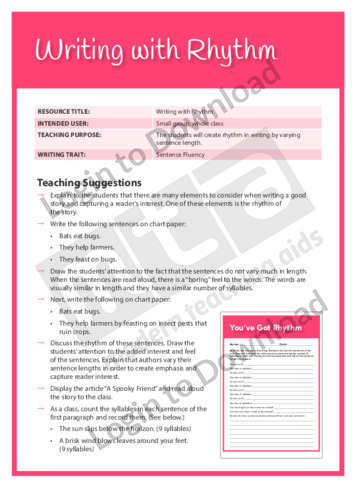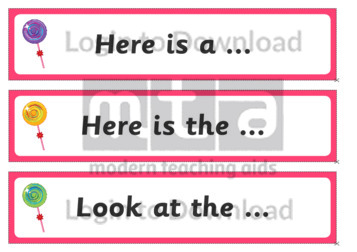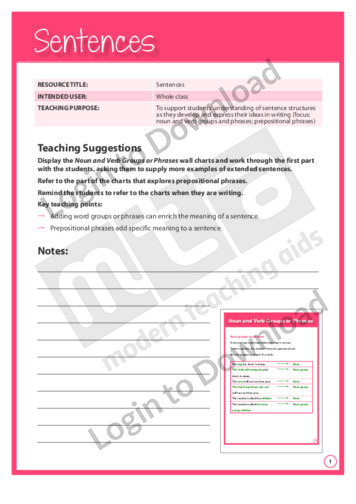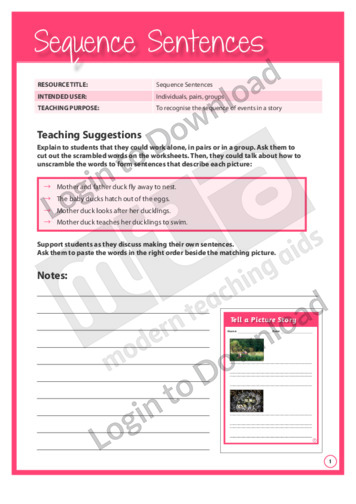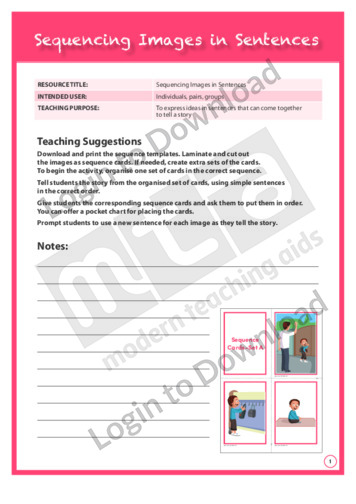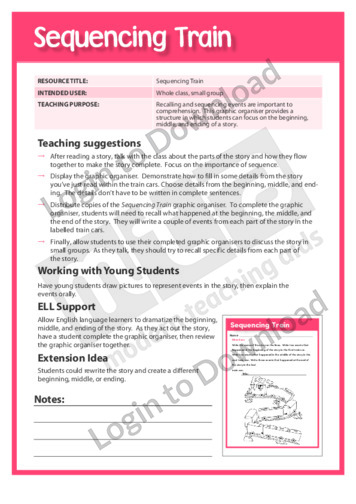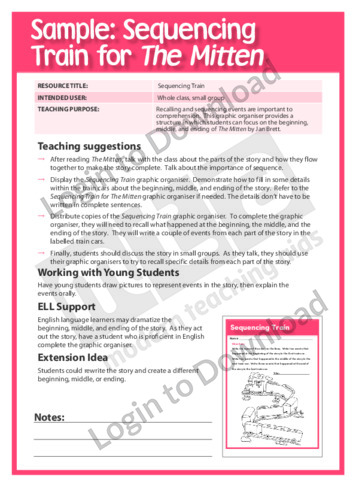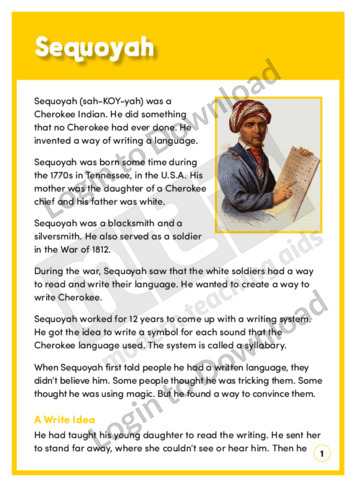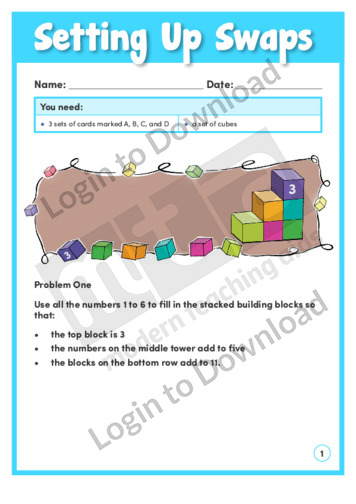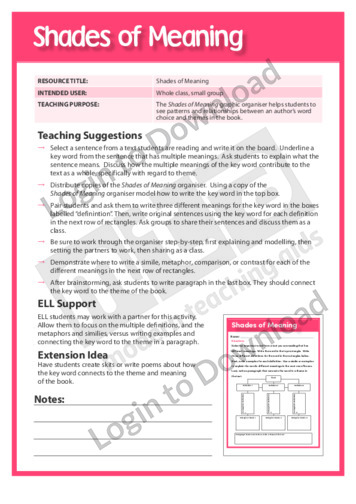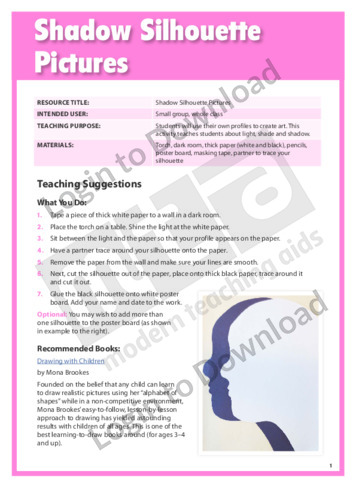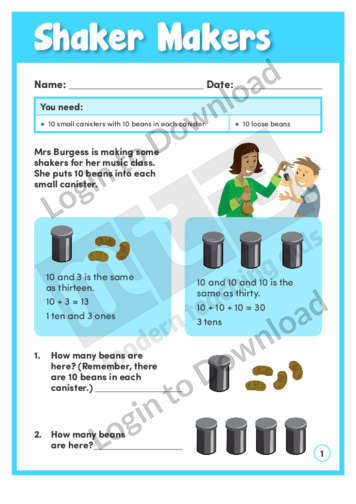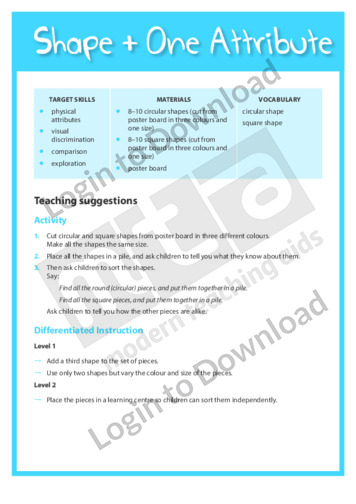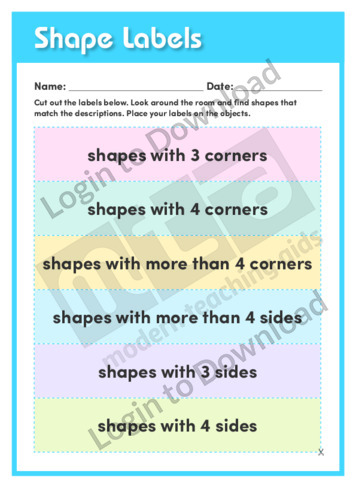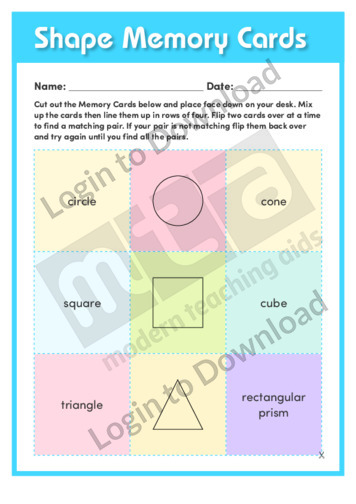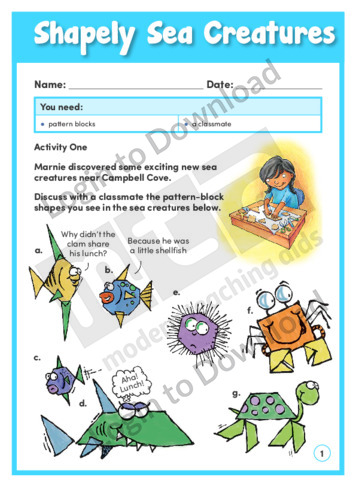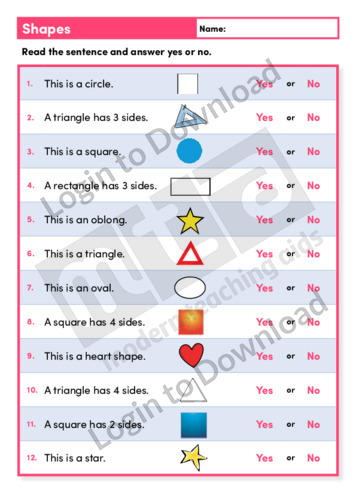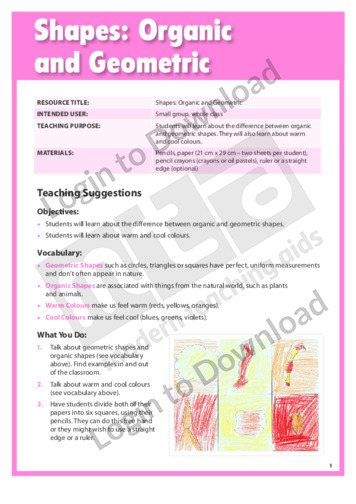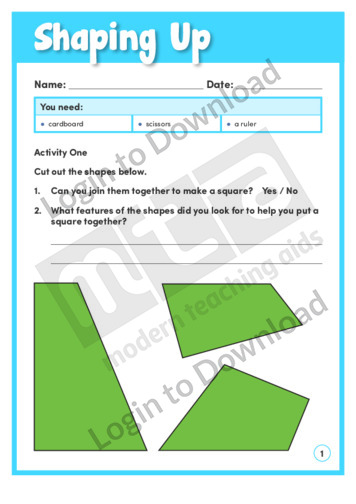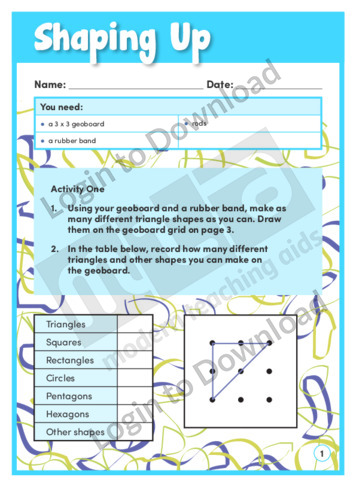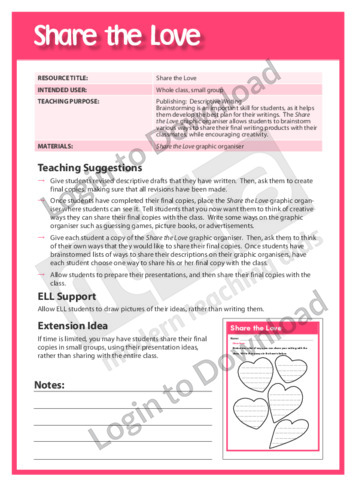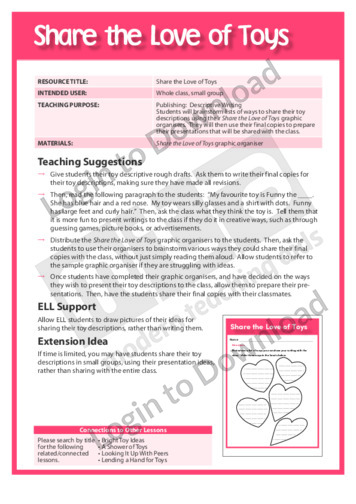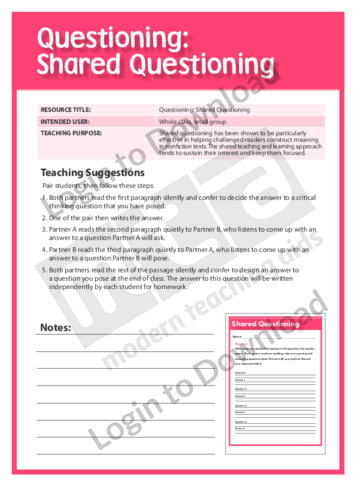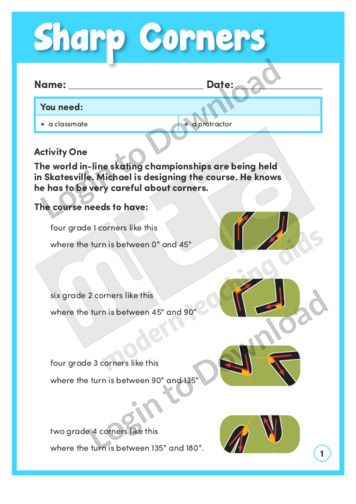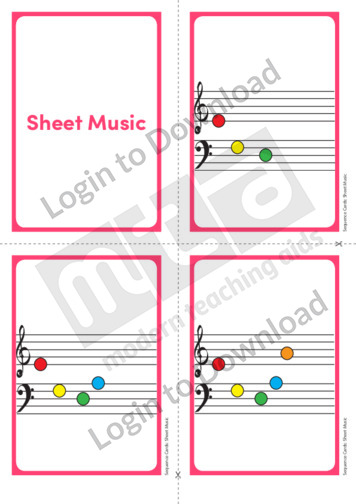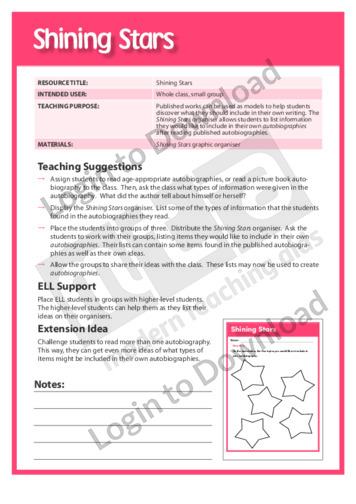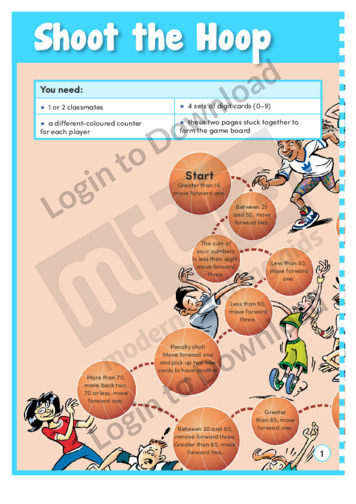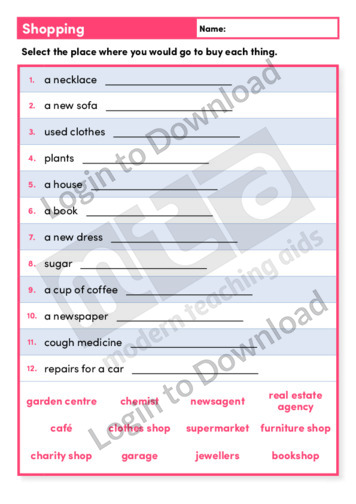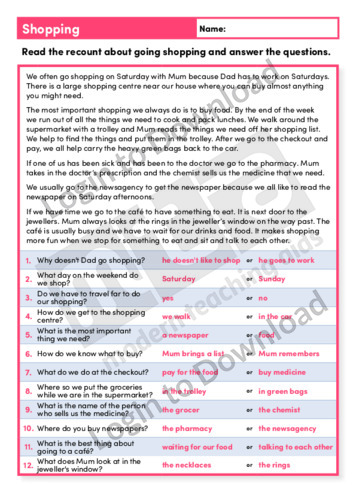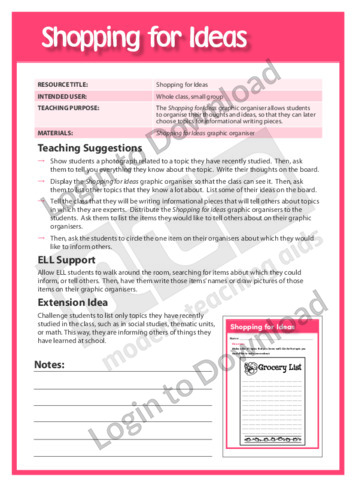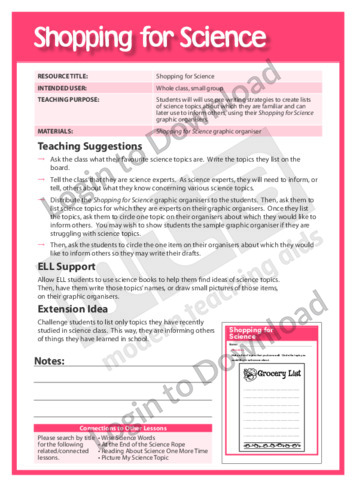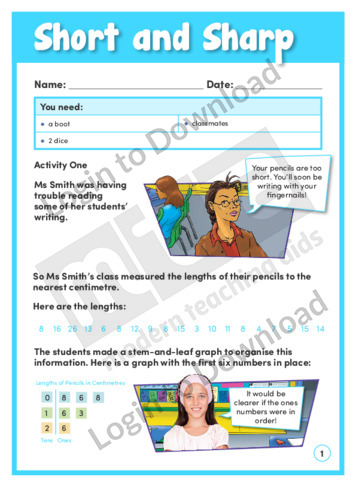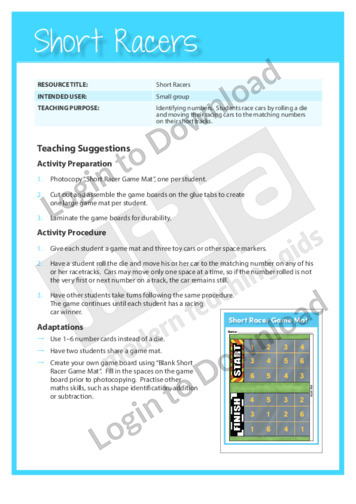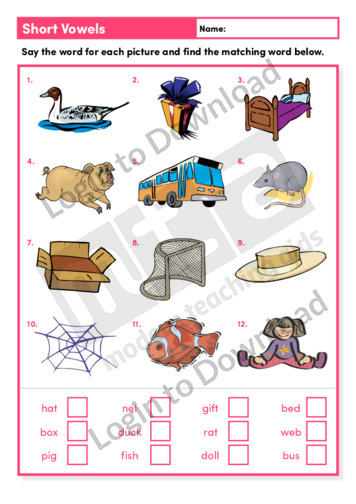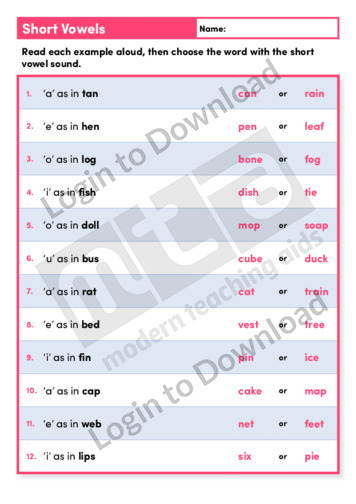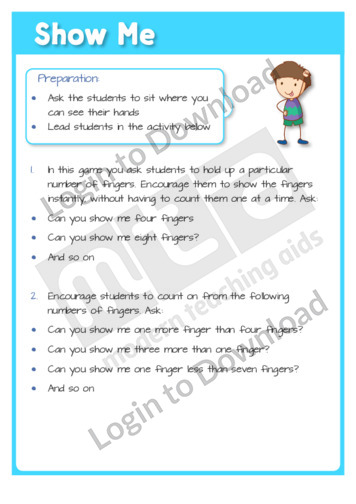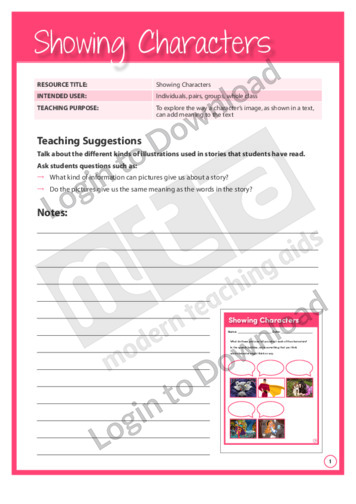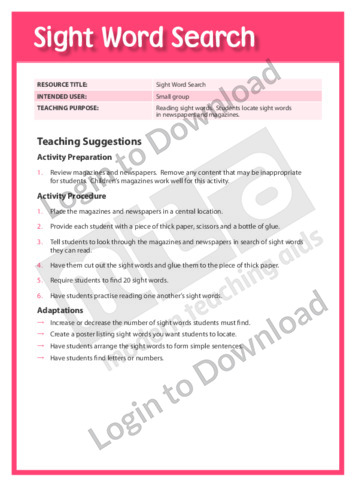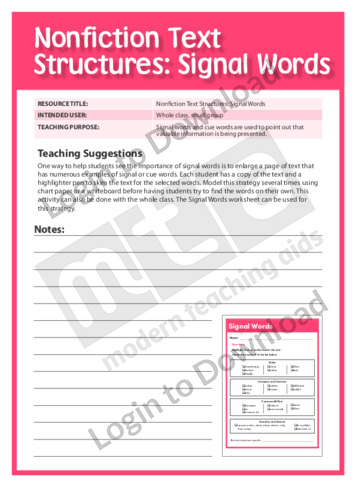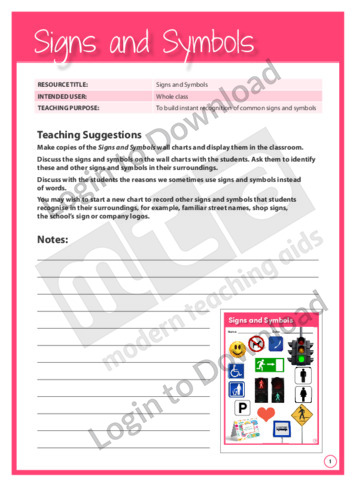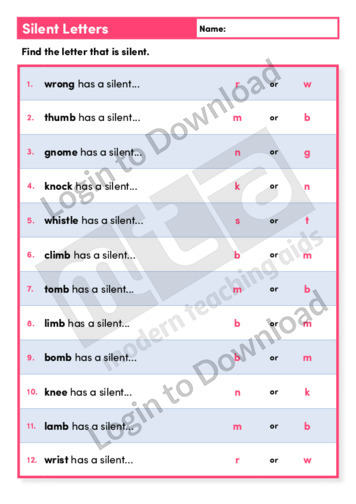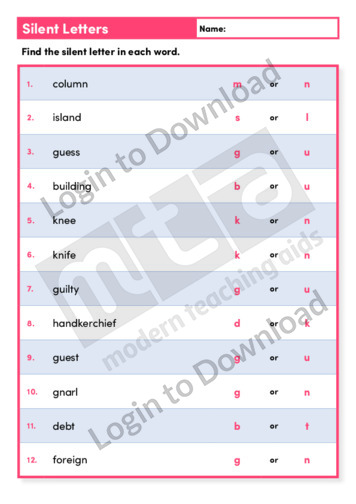This Writing Traits activity ‘Alliteration’ encourages students to know the purpose of alliteration and use it to add interest and character to their writing.
This Writing Traits activity ‘Alliteration and Assonance’ encourages students to write with cadence to show that attention has been paid to the sounds of the words as well as the meaning.
This Writing Traits activity ‘Rhythm’ encourages students to identify and write sentences of various complexities and lengths to add style, energy, and emphasis to their writing.
This Writing Traits activity ‘Sentence Variation’ encourages students to use various sentence structures to provide interest and variety.
This Writing Traits activity ‘Sentence Variation’ encourages students to use various sentence structures to provide interest and variety.
This Writing Traits activity ‘Writing with Alliteration’ encourages students to understand and use alliteration in writing.
This Writing Traits activity ‘Writing with Alliteration’ encourages students to develop fluency in writing by using alliteration.
This Writing Traits activity ‘Writing with Rhythm’ encourages students to create rhythm in writing by varying sentence length.
This set of 16 sentence starters provides assistance for beginning writers.
This Writing Traits activity, ‘Sentence Structure: Problems & Solutions’ encourages students to identify a problem and suggest a solution.
This Writing Traits activity, ‘Sentence Structures’ encourages students to write a paragraph using a variety of sentence structures.
This written language activity, ‘Sentences’ supports language development by encouraging students to understand sentence structures as they develop and express their ideas in writing. Students will focus on noun and verb groups and phrases; prepositional phrases.
This vocabulary activity, ‘Sentences’ supports vocabulary development by encouraging students to identify the correct nouns in context.
This oral language activity, ‘Sequence Sentences’ supports language development by encouraging students to recognise the sequence of events in a story. It is aimed at developing students’ awareness of sequencing through a fun activity in which students match jumbled sentences to a sequence of four photographs.
This oral language activity, ‘Sequencing Images in Sentences’ supports language development by encouraging students to express ideas in sentences. It is aimed at developing students’ awareness of sequencing through a fun activity in which students put a set of story picture cards in order.
This graphic organiser, ‘Sequencing Train’ provides a structure with which students can focus on the beginning, middle and ending of a story.
This graphic organiser, ‘Sequencing Train for The Mitten’ provides a structure with which students can focus on the beginning, middle and ending of The Mitten by Jan Brett.
This content area reading activity, ‘Sequoyah’ is a history based reading comprehension exercise encouraging students to recognise a chronological order in a piece of writing.
The learning activity ‘Setting Up Swaps’ contains a variety of short problems for students to solve and discuss. The problems engage students in thinking about the strategies they can use to solve problems that involve number puzzles, increasing amounts of money, and swapping cards. An answer sheet is provided and includes teaching notes to support …More
This art project ‘Shadow Silhouette Pictures’ enables students to create art using shadows and silhouettes. It is aimed at developing students’ awareness of basic artistic procedures. It provides a list of materials, easy-to-follow step-by-step art instructions and a list of recommended art books.
This learning activity, ‘Shaker Makers’, helps students to understand the difference between “-teen” and “-ty” numbers. Words and numerals are connected to concrete materials in the form of groups of 10 beans in a canister and single beans. An answer sheet is provided and includes teaching notes with suggestions for supporting learning and further exploration.
This content area reading activity, ‘Shaky Ground’ is a history based reading comprehension exercise encouraging students to practise looking for clues to the meanings of words by looking closely at their context.
This Beginning Maths activity, ‘Shape + One Attribute’ encourages students to identify, sort and compare different shapes by a variety of physical attributes.
This shape learning activity, ‘Shape Labels’ asks students to practise identifying the properties of two-dimensional geometric shapes.
This shape learning activity, ‘Shape Memory Cards’ asks students to practise identifying three-dimensional geometric shapes.
In the learning activity, ‘Shapely Sea Creatures’ students identify and describe the geometric shapes formed by the bodies of different sea creatures. This activity helps students relate the language of geometry to familiar or everyday objects. An answer sheet is provided and includes accompanying teaching notes with suggestions for supporting learning and further exploration.
This vocabulary development activity, ‘Shapeosaurus’ supports vocabulary development by encouraging students to create dinosaurs using common geometric shapes and describe the shapes used. It is aimed at helping students recognise and describe shapes. It provides shape cards and a shapeosaurus sample card.
This vocabulary activity, ‘Shapes’ supports vocabulary development by encouraging students to identify shapes.
This art project ‘Shapes: Organic and Geometric’ enables students to create art using shapes and colours. It is aimed at developing students’ awareness of basic artistic procedures. It provides a list of materials, easy-to-follow step-by-step art instructions, a list of lesson-related vocabulary words and a list of recommended art books.
This learning activity, ‘Shaping Up’, provides students with three shapes to cut out and rearrange to form a square. It also asks students to create their own shape puzzle for a classmate. An answer sheet is provided and includes accompanying teaching notes with suggestions for supporting learning and further exploration.
This learning activity, ‘Shaping Up’, prompts students to use a geoboard to classify triangles, and rods to analyse squares. Students record their investigations on the supplied geoboard grid sheet and square dot paper. An answer sheet is provided and includes teaching notes with suggestions for supporting learning and further exploration.
This graphic organiser, ‘Share the Love’ provides students with the opportunity to brainstorm various ways to share their final writing with their peers.
This graphic organiser, ‘Share the Love of Toys’ provides students with the opportunity to brainstorm various ways to share their final toy writing with their peers.
This content area reading learning activity, ‘Shared Questioning,’ helps students construct meaning in nonfiction texts. The shared teaching and learning approach tends to sustain students’ interest and keep them focused.
In the learning activity ‘Sharp Corners’ students use knowledge of angles and degrees as they examine the grades of corners that can be used on a skating track. In the learning activity, students design their own tracks, using the grades of corners described in the learning activity. An answer sheet is provided and includes teaching …More
This sequencing activity, ‘Sheet Music’ develops comprehension and understanding of numbers through sequencing musical notes.
This graphic organiser, ‘Shining Stars’ supports students in planning writing using models of autobiographies.
In this learning activity, ‘Shoot the Hoop’, students play a lively basketball-inspired board game that helps them think about number relationships. The board is included with the activity sheet. The accompanying teaching notes provide background information.
This vocabulary activity, ‘Shopping’ supports vocabulary development by encouraging students to identify places you would find various types of items or services.
This reading activity, ‘Shopping’ provides opportunities for practice with reading about a trip to the grocery store and then answering comprehension questions.
This graphic organiser, ‘Shopping for Ideas’ supports students in organising their ideas when choosing topics for informational writing pieces.
This graphic organiser, ‘Shopping for Science’ supports the use of pre-writing strategies to create lists of science topics.
This learning activity, ‘Short and Sharp’, introduces stem-and-leaf graphs and shows how they can be used to organise numbers, such as pencil measurements, house numbers, or dice throws. An answer sheet is provided and includes teaching notes with suggestions for supporting learning and further exploration.
This maths activity, ‘Short Racers’ develops basic maths skills by encouraging students to identify and match numbers rolled on a die to numbers on a game mat. It is aimed at developing students’ knowledge of numbers. It provides game mats, blank game mats and number cards.
This phonics activity, ‘Short Vowels’ encourages students to say the word for each picture and find the matching word below.
This phonics activity, ‘Short Vowels’ encourages students to read each example aloud then choose the word with the short vowel sound.
This maths activity, ‘Show Me’ develops basic maths skills by encouraging students to practise addition and subtraction by answering problems with a show of fingers.
This oral language activity, ‘Showing Characters’ supports language development by encouraging students to explore the way a character’s image, as shown in a text, can add meaning to the text. It is aimed at developing students’ awareness of different kinds of illustrations.
This reading activity, ‘Sight Word Search’ supports reading development by encouraging students to locate sight words in newspapers and magazines. It is aimed at developing students’ awareness of sight words.
This content area reading learning activity, ‘Signal Words,’ teaches students that signal words and cue words are used to point out that valuable information is being presented. It is aimed at helping students understand the importance of signal words by showing them texts that have numerous examples of signal or cue words.
This content area reading learning activity, ‘Significant Squares,’ helps students identify the important information in a text. It is aimed at helping students develop focus questions, identify concept and themes, find the key facts and reflect on the information they have gained.
This written language activity, ‘Signs and Symbols’ supports language development by encouraging students to build and reinforce instant recognition of common signs and symbols. Students will learn that signs and symbols in their environment are often used instead of words.
This vocabulary activity, ‘Silent Letters’ supports language development by encouraging students to learn the common patterns associated with silent letters. It is aimed at developing students’ awareness of silent letters through a fun sorting activity.
This spelling activity, ‘Silent Letters’ provides opportunities for practice with words that include silent letters.
This spelling activity, ‘Silent Letters’ provides opportunities for practice with words that include silent letters when spelt.
This spelling activity, ‘Silent Letters’ provides opportunities for practice with finding the correct word to complete the sentences.
This spelling activity, ‘Silent Letters’ provides opportunities for practice with words that include silent letters when spelt.
This maths activity, ‘Silly Pumpkin’ develops basic maths skills by encouraging students to recognise and place shapes on a pumpkin. It is aimed at developing students’ awareness of basic shapes. It provides a pumpkin template and shape cards.
It�s that easy!

